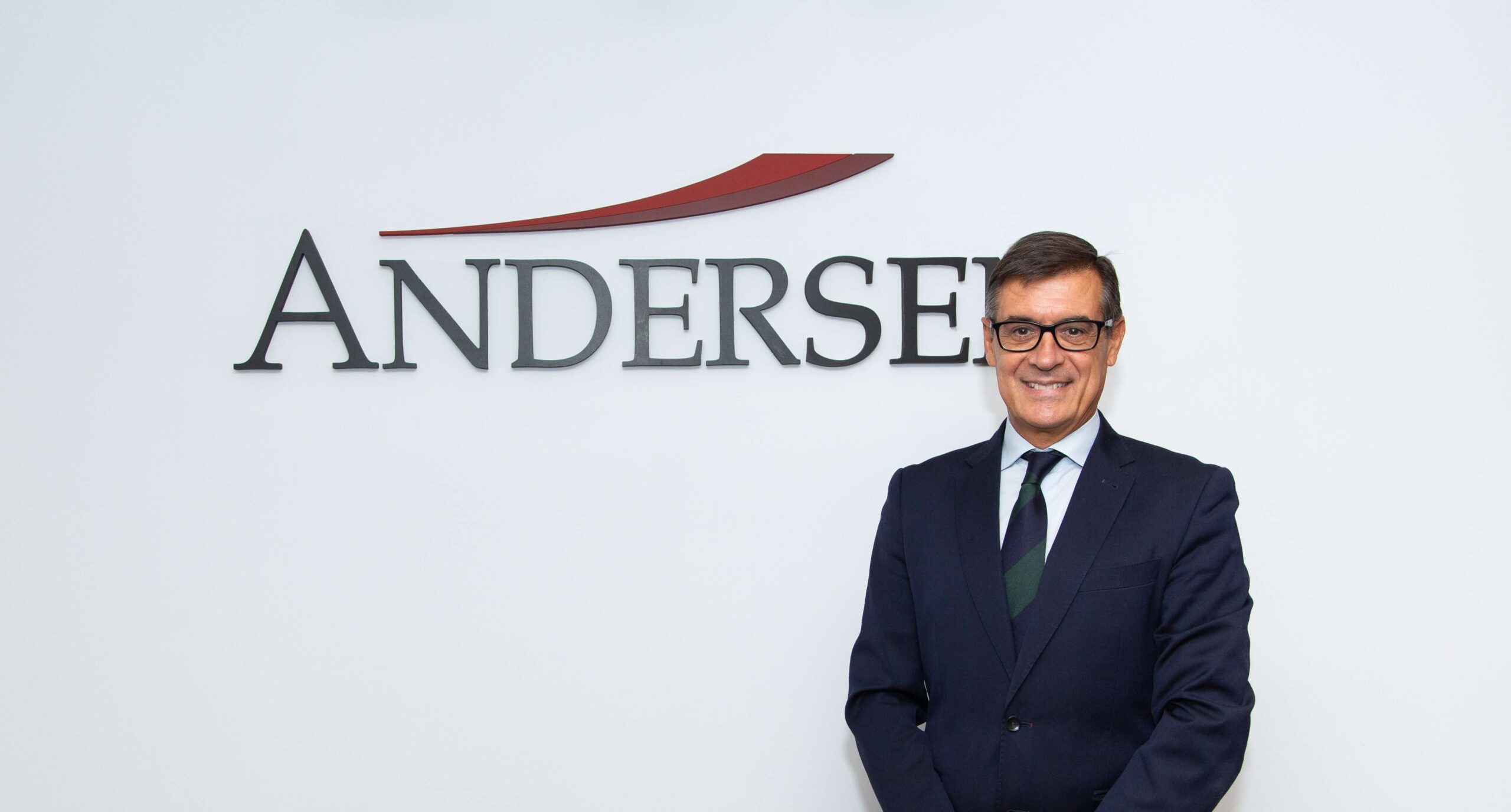In Spanish, we are not exactly lacking in expressions that allude to the importance of walking a path. From Antonio Machado's "there is no path, the path is made by walking", to more complex and spiritual formulations such as St. Augustine's: "It is better to limp along the path than to take great strides off it. For he who limps on the road, even if he advances little, approaches the goal, while he who goes off the road, the more he runs, the farther he moves away". However, in business dynamics, the mistake of prioritizing the fulfillment of an objective over the ways to achieve it persists, so it is common to fall into errors between one's own perception and the perception of others. If this in itself is already a burden for the Customer Experience, little can be added if this mismatch occurs precisely in the measurement of the Customer Experience. It is a "mismatch squared".
This is what a recent study by software provider NICE In Contact has found, based on business and customer estimates on the application of Artificial Intelligence (AI) in support and contact centers. The data in this regard could not be more striking in terms of the NPS (Net Promoter Score) awarded by one or the other:
- For companies, the use of chatbots in the relationship with consumers deserves an NPS score of 25, while for customers it stands at -8. That's a hefty difference of 33 integers.
- For companies, the use of e-mail would result in an NPS score of 19, something that customers are not so clear about, leaving it at -9. Another big difference, in this case of 28 points.
- As for plain text virtual assistants, the difference is 27 points, because while companies imagine an NPS of 25 points, customers report an NPS of -2 points.
It is even "normal" that companies are more likely than customers to agree on their ability to solve the problems posed by the latter. When asked about this, companies consider their management to be successful by 15 percentage points more than the consumers' evaluation. Symptoms of arrogance? No, given that only 24% of companies acknowledge offering a full omnichannel experience, despite the fact that the vast majority (93%) of customers demand this to be able to award a high NPS. Rather, it is an overestimation, and an overconfidence in the automation derived from the application of technology.
In the increasingly close relationship between IA and Customer Experience, you can't and shouldn't try to take giant leaps off the path. You have to understand every step you take, even if it is a limping one. Moreover, leading companies are increasingly gaining an advantage precisely because of their onchannel approach. Another recent survey by Zendesk reveals that fast-growing companies are more likely to adopt an omnichannel approach, offering a seamless and connected Customer Experience to communicate with customers across multiple channels.
More than two-thirds of CX leaders in small and midsize companies say they evaluate success based on providing multiple ways to contact customer service. Again, however, necessity is not always a virtue. According to this survey of more than 9,000 companies, only 7 out of 20 (35%) consider themselves truly omnichannel. Conclusion: many companies are not delivering on the customer experience they know is important.
A mistake that can be costly, because the mentality that must always prevail is to be in the customer's head. Customers do not think about the size of a company when they interact with your support centers. They simply expect to be able to reach the channel of their choice and solve their problems efficiently. And to get there, there is only one possible choice: to walk the road, because the road is made by walking the road.
Photo by Farrel Nobel on Unsplash






